Engine Specs
2023-05-05
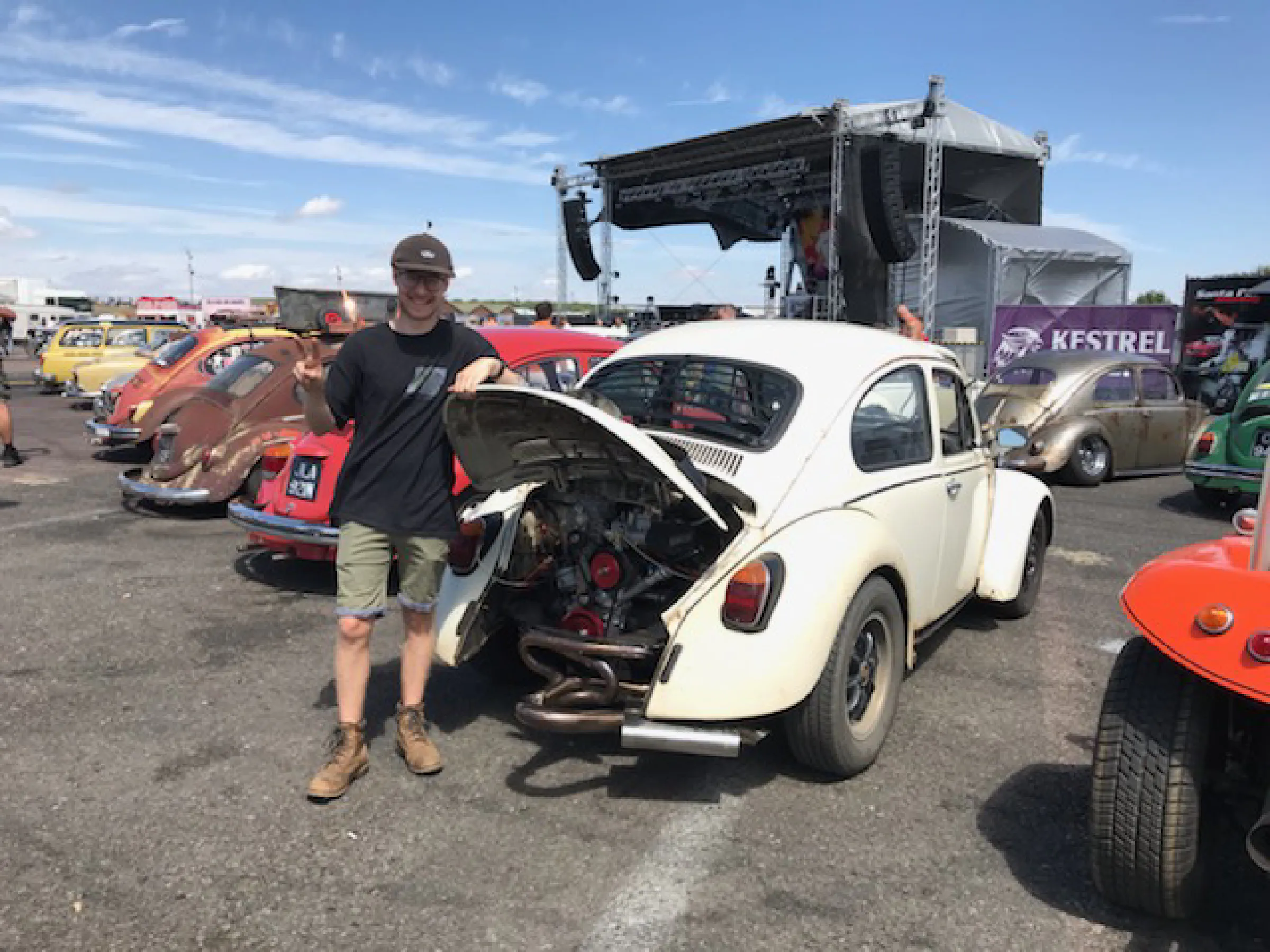
Over the years of building Sketchy, I have been asked to share the specs of my engine and how I achieved 140hp. I have listed everything I did to make it happen!
Basic Overview
Sketchy’s engine is a 1600cc 1970 Volkswagen Beetle Flat Four with a 500cc supercharger and a Weber 40 DCOE carburetor. It has a max RPM of 5000 with a powerband between 2500 and 4500.
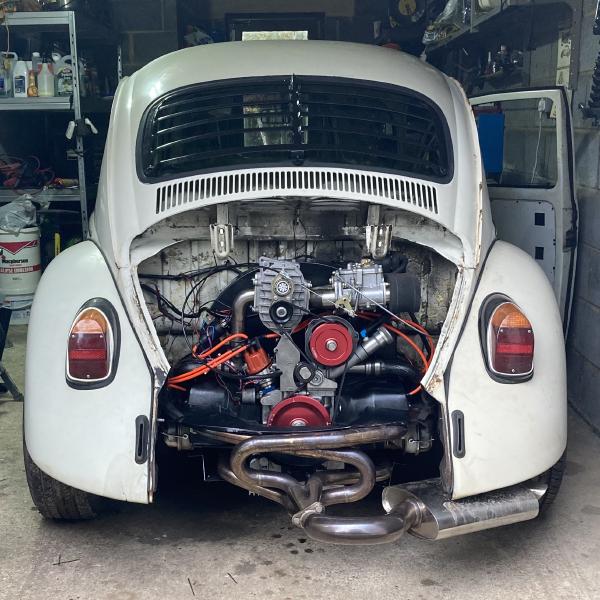
I designed the engine to be extremely powerful while using off-the-shelf parts to reduce costs in the event of a malfunction and ease of maintenance. These design restrictions meant no case machining for a 1776 or above and nothing more than a standard compression ratio.
Bottom End
The bottom end is a rebuilt AB code engine. I will list the specs below.
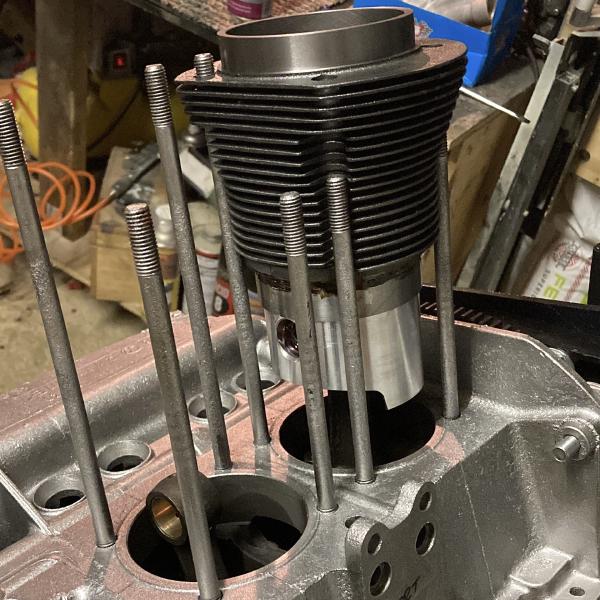
- Crankshaft: Standard VW 69mm stroke
- Cam: Engle 110
- Conrods: Standard floating pin
- Pistons: Mahle Cast 85.5mm
- Oil Pump: standard 26mm
If you try to make similar power to me on the standard cam, you will likely grenade your engine from the cylinder pressure. Horsepower is a function of torque and RPM. The larger cam allows you to make more horsepower while staying in the safe zone of cylinder pressure. Low RPM and high cylinder pressure cause the most damage to any engine, and it should be avoided if possible. My recommendation for standard cam engines is to remove timing below 2000. This will increase cylinder head temperatures, but it will also significantly reduce peak cylinder pressure and save your bearings from damage.
Top End
The top end is mostly stock brand new Brazilian parts, but to make 140hp, you have to make at least some changes! I’ll list off modified parts here…
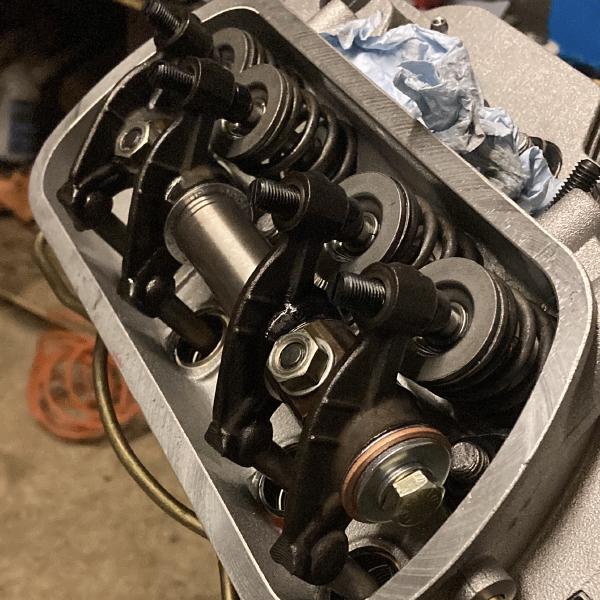
- Heads: Brazilian 040
- Valvesprings: CB performance single HD spings
- Rocker Shafts: Empi bolt up rocker shafts (non floating)
- Rockers: Standard VW 1.1:1 rockers (Tappet faces ground down about 5mm)
- Tappets: CB elephant foot
- Valvecovers: Scat Wide
Supercharger and Induction
I decided to purchase a kit from Kompressor Haus to install a supercharger in my engine. The installation took me about 2 days, and one of the main benefits of the kit is the high-quality stainless pipework and mounts they provide. Although most of the other components can be sourced individually, I chose to buy the kit because of the warranty they offer. The main components of the kit are:
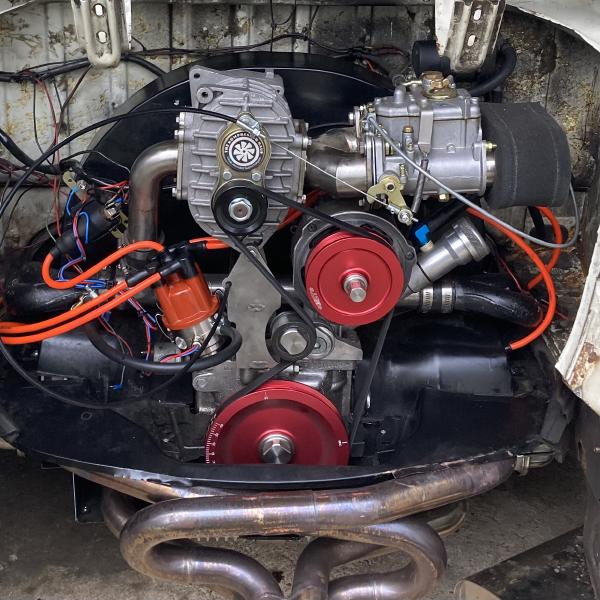
- AMR 500 Supercharger
- Weber 40 DCOE carburetor
- MST Serpentine Pulley Kit
- Huco Low pressure fuel pump
The amount of boost these kits provide depends on how well your engine breathes. In my experience, they produce anywhere from 10 to 13 PSI of boost.
Ignition Control
In a boosted application like mine, controlling ignition timing is crucial to prevent engine damage. Retarding ignition timing as boost increases is necessary, which creates a unique situation compared to naturally aspirated engines. To address this, I chose a distributor from 123ignition that replaces the original distributor, contains a MAP sensor, and can be easily tuned from my phone using Bluetooth.
Other modifications
In addition to the supercharger and ignition control, I made some other modifications to my engine, including installing a 1.5-liter deep oil sump and a stainless-steel merged race exhaust from SSP. I also added a Phat boy muffler for the neighbours.
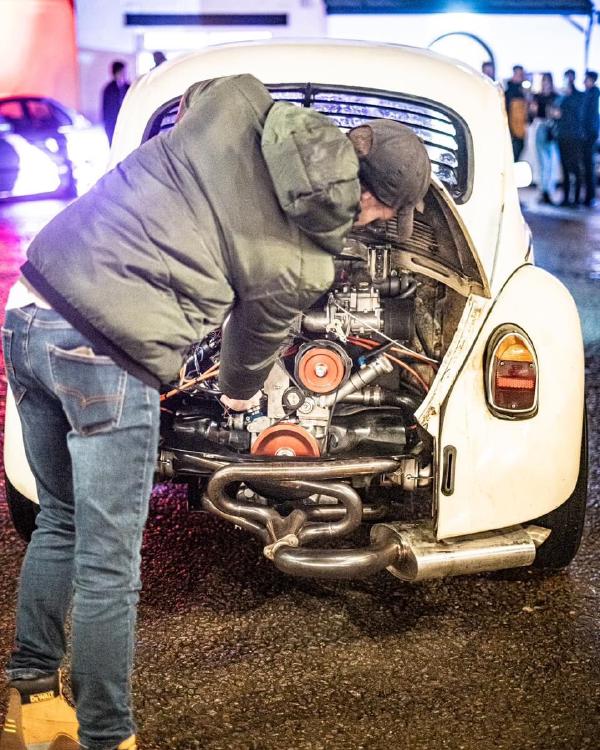
Some Footage of Sketchy
Just a short video of me running sketchy through some backroads. Listen to that whine!